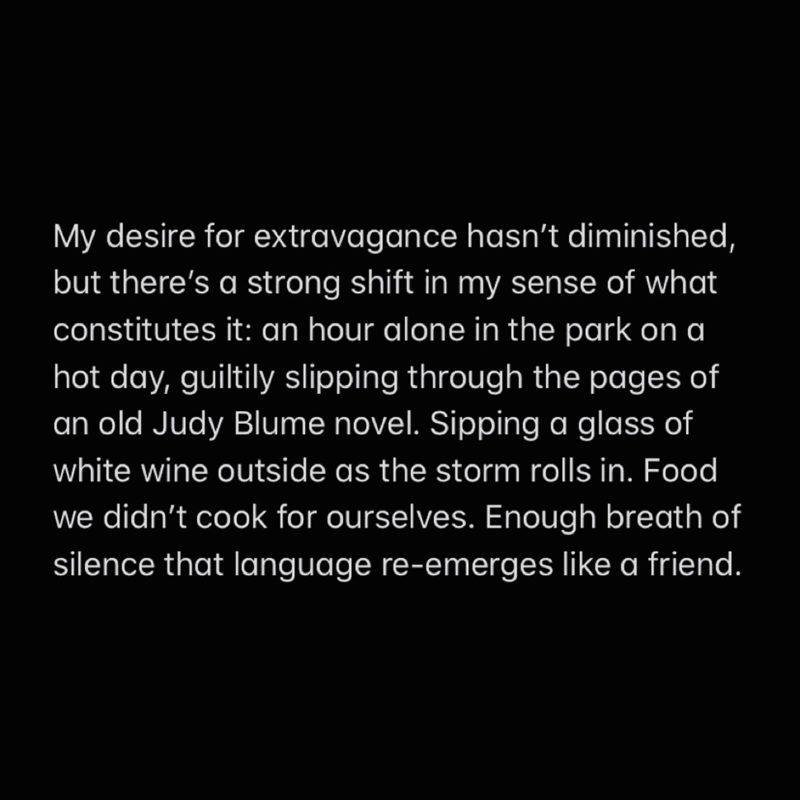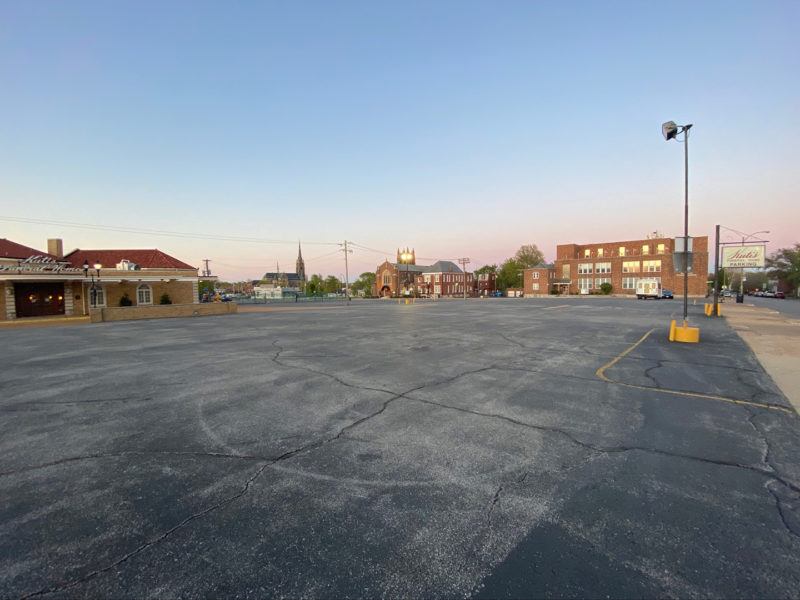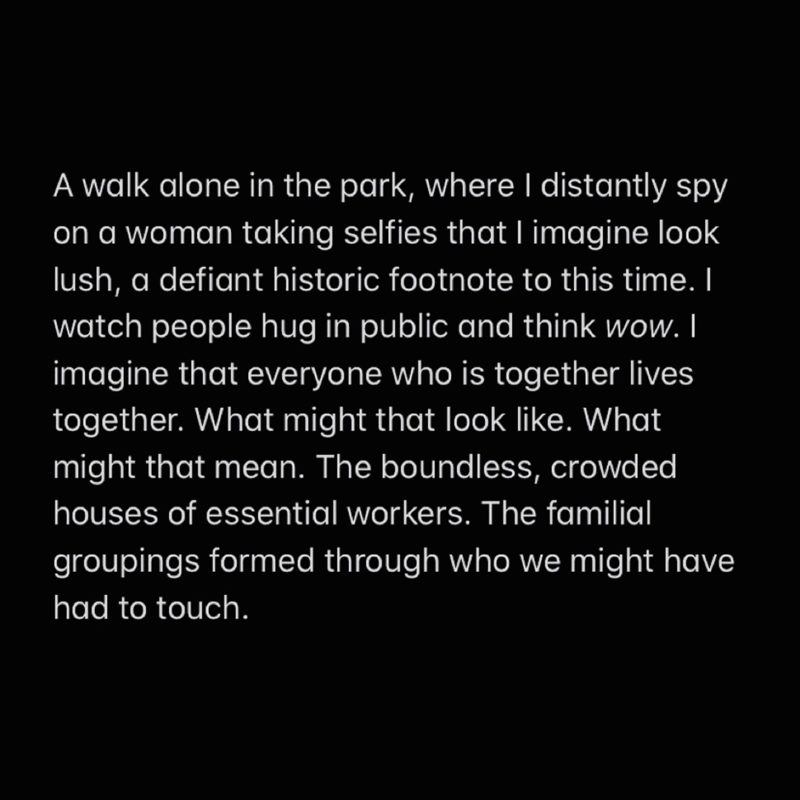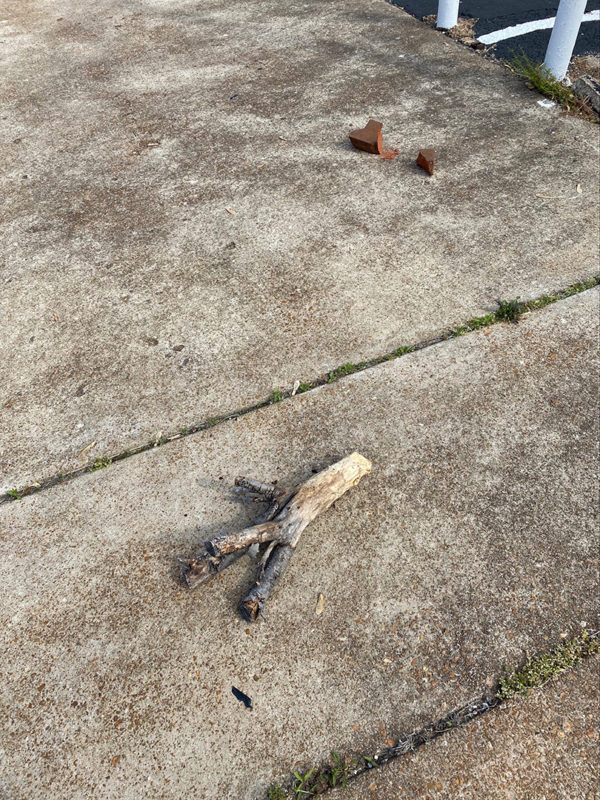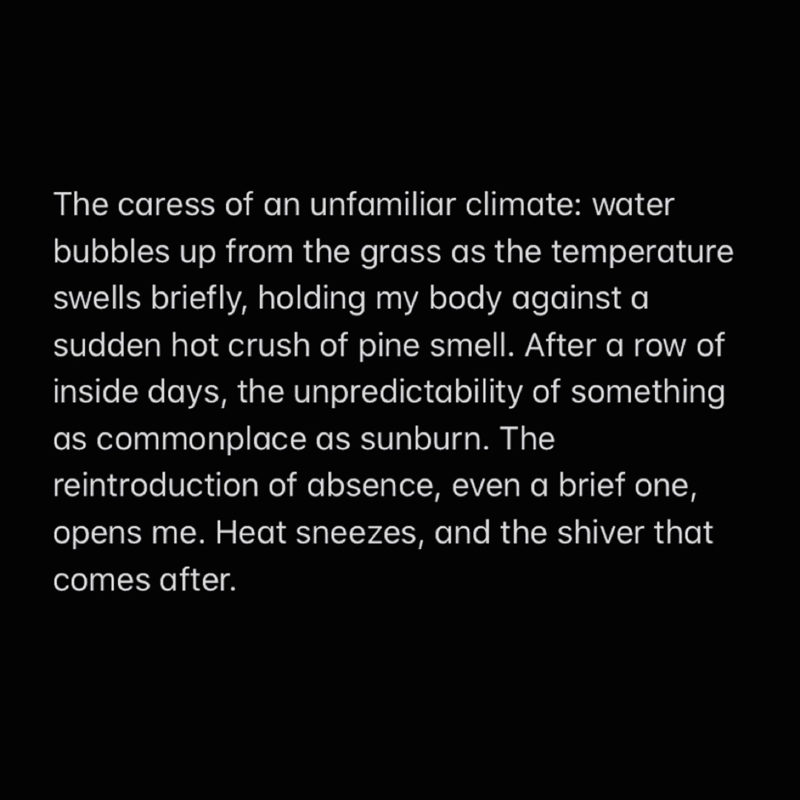Big Question
How Are Boundaries Drawn in Relationships?
Chloë Bass examines modes of intimacy in online and offline relationships
Through every relationship, you’re operating around an understanding of your own boundaries. A lot of our understandings of ourselves are shaped by non-introspection—by these points of connection, friction, or contact that help us understand what our boundaries, or edges, really are. What is my edge? The flip side of that is, what do I allow into me? We have this very penetrative way of understanding relationships. You are giving consent to allow something else into your body or your mind. This idea of consent is really moveable and slippery. I don’t mean this in terms of sexual consent, just to be really clear, but in terms of other types of consent. I don’t think that love is a consensual action or feeling. You can love somebody and they didn’t necessarily give their consent to be loved by you, or they did give their consent to be loved by you, but not in the way you do it.
As we start to entertain landscapes of language, or ideas of gesture, mimicry, and storytelling, there’s a lot of permeability in the things that make us, us. Especially if you’re a person who has to code switch a lot. My new understanding of intimacy is non-linear. In coming to understand what is truly intimate, it’s understanding that our life is made up of very, very small moments, but that some of them hold these extremely resonant connections, whether we’re willing to acknowledge that or not. How we see other people not only shapes how we see ourselves, but much bigger things that we don’t think of as personal, like how we make laws and enforce them, how we plan cities, and how we do all kinds of stuff that seems non-emotional. It’s highly emotional. If we acknowledge it as such, we can see how some of these big crises came to be, not just through practical structures, but through the feelings around it. No one makes good decisions from a point of feeling threatened or anxious. Threat, anxiety, and scarcity have been the dominant emotional mode of contemporary society for a long time.
In terms of non-emotional things that are actually emotional, I’ve been working on a series on Instagram called The Parts. A lot of the motivation behind The Parts is that whenever something happens in the world, you’re always already doing something, right? One example is watching an impeachment trial, but simultaneously arguing with your partner, or feeling really joyful because you jumped rope in the morning, or being in the middle of cleaning. All these tiny associated little moments get wrapped up into your reactions. With The Parts, I’m calling attention to the processes of everyday life that are deeply embedded with current events but that get left out of history. I don’t necessarily want to push to include that history. What I do want to do is understand that whoever writes the history, their daily moments, feelings, and associations do become a part of the way that history is written. Just knowing that would be like imagining if other, different daily moments became part of that process.
View this post on Instagram
This is the third project that I’ve made on Instagram. I haven’t really been engaging with intimate relationships online lately at all, but I’m still interested in the Internet as a platform where it seems more okay to talk about feelings. When we’re not in front of each other in our bodies, it’s more okay to talk about our feelings. I’m thinking about feelings as internal landscapes. If you don’t see your beloved for five years, where is the relationship? It’s inside you. Maybe that’s partially fiction, but all of our love is partially fiction. We do invent the people we love, at least to some extent, and that’s okay as long as we acknowledge that we’re doing it. It’s heartbreaking when we don’t or can’t acknowledge it. Then what you’re saying is, I’m allowing my own borders, my boundaries, to be breached by the carrying of this person inside of me eternally, or for five years, or for thirteen years, or until the next interesting person comes along. That carrying becomes a combination of you and the other person that shifts who you are, and in a reciprocal relationship, shifts who you both are, such that you have new boundaries and find new ways of caring.


